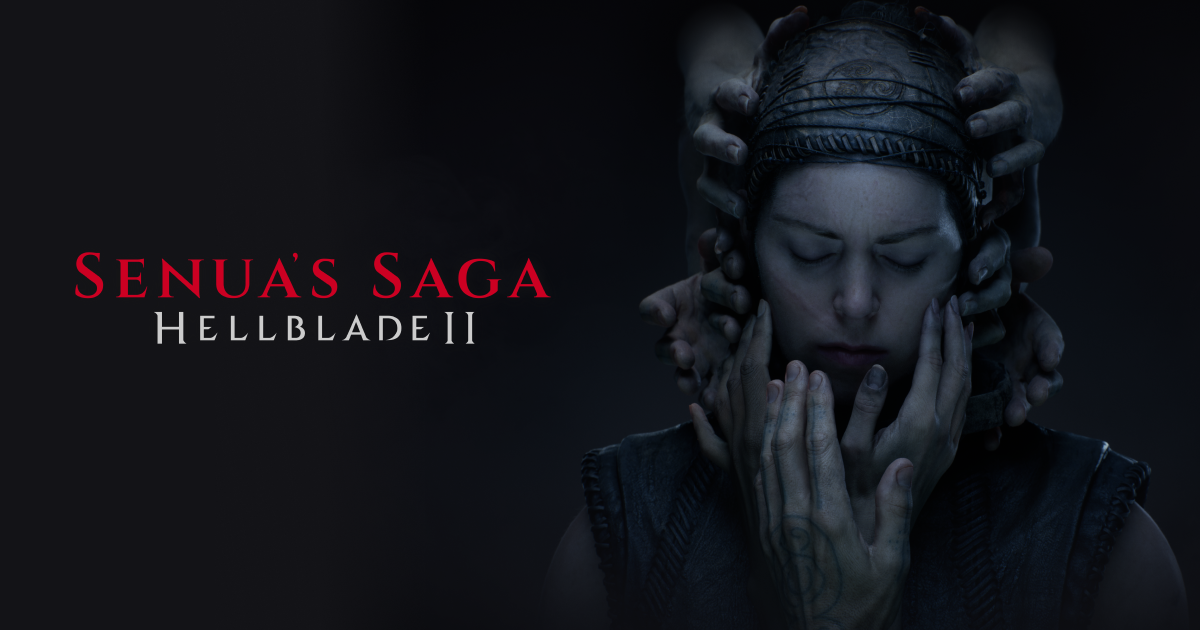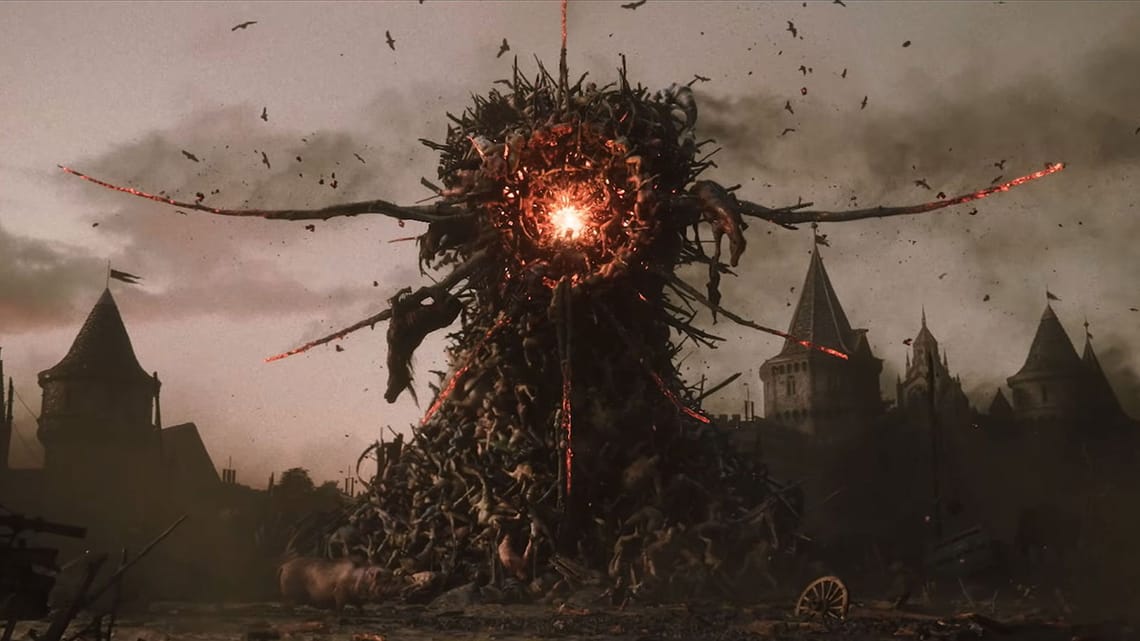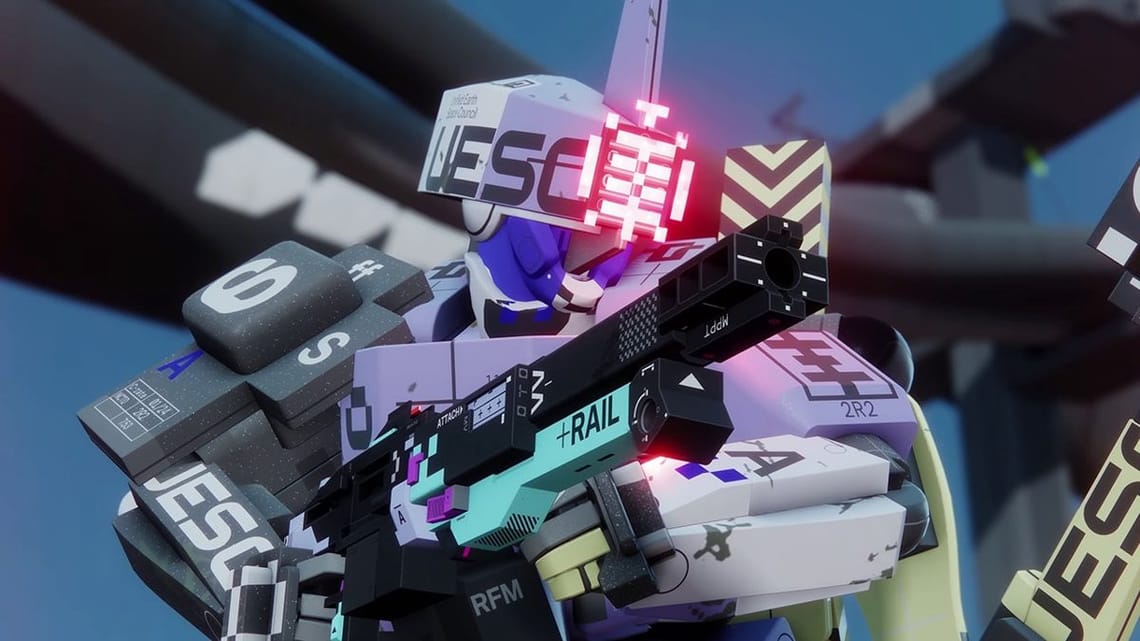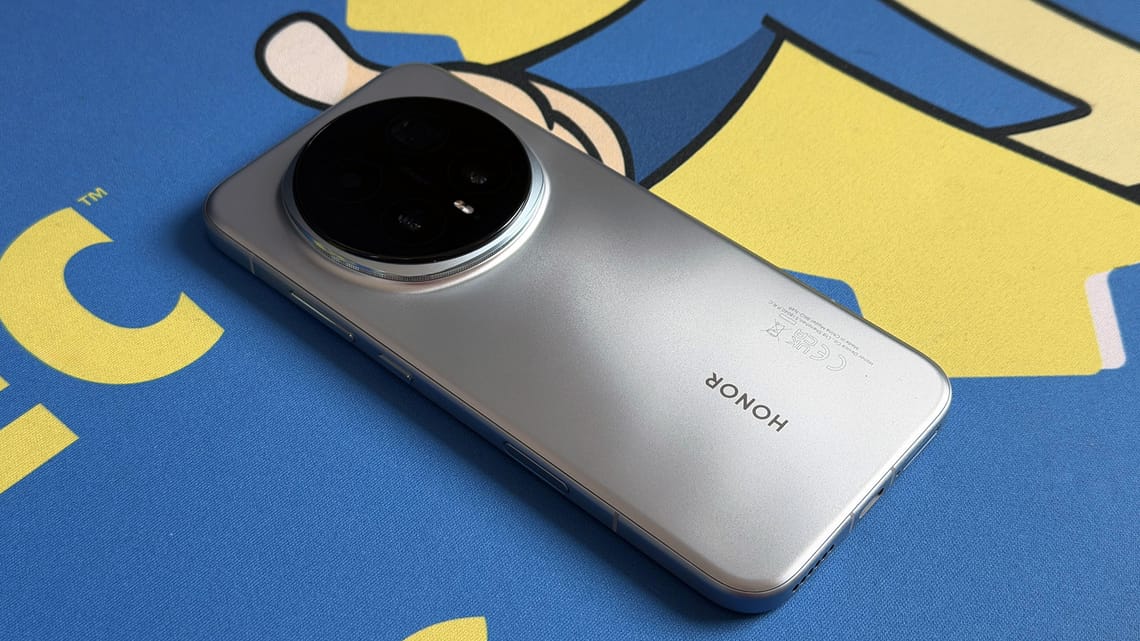I'll be the first to admit I didn't want a sequel to Hellblade: Senua's Sacrifice. Protagonist Senua's journey was fully resolved by the time the credits rolled; it was revealed that most of the events of the story were, in fact, hallucinations, and there weren't many places left for Senua to go as a character, or for Hellblade as a story.
Having played the sequel, confusingly titled Senua's Saga: Hellblade 2, it seems the developers themselves were struggling with where to take this character and this story.
The game begins very shortly after the first, as Senua is vowed to stop the Viking raiders that destroyed her village and killed her beloved. What starts as a quest for bloody vengeance reveals itself, surprisingly early on, as something much more complicated. Senua arrives in Iceland to find a cursed place full of scared people, living in fear of a particularly daunting calamity that I won't spoil here. Soon enough, Senua finds herself allied with the locals, shedding her revenge-fuelled rage and deciding to help these people instead.
[lasso id="3235" link_id="1126806" ref="amzn-visions-of-mana-playstation-5"]
For the player, this means roughly eight hours of cutscenes broken up with walking, puzzle solving, and very brief but violent bursts of combat.
It's a visually stunning game. Ninja Theory has made no bones about how much effort they put into scanning real-world topography into their game, and you'll be hard-pressed to find a single person who can argue with the results. The first game was already gorgeous, but also had a suitably monotonous palette. Senua's Saga offers a much more varied range of environments with verdant forests, magnificent rock formations, coral skies, and some bleak and beautiful vistas that you have to see to believe.
Motion capture is used to equally captivating effect to deliver some astoundingly life-like performances, both from human characters and some of the more monstrous antagonists. Melina Juergens returns to the titular role with the same ferocity she brought to the game, moving between quietly devastating introspection and violent bursts of rage the way few performers can.
It's as brave and remarkable a performance here as it was in the first game, but seeing her work displayed in borderline photorealistic detail is something else. Whatever else we may end up saying about Senua's Saga, nobody can disagree that a tremendous amount of work, both technical and artistic, has gone into bringing to life what is sure to be one of the most outstanding character performances of the year.
Narratively, Senua's Saga is a somewhat different beast from the first game. Hellblade was very much an inward-looking journey about one person's struggle with her mental illness. Despite being in third person, you always saw the world and story through Senua's eyes, firmly grounded in her "somewhat unreliable" point of view. It didn't matter if the gods and monsters you faced were real or hallucinations, because they were real to Senua and, by extension, real to you. It was, in essence, a story about self-imposed isolation.
Senua's Saga is a story about keeping a promise about Senua's quest to avenge and protect a whole community of people. It's a story about her reintegration into society, and in doing so, the focus is drawn away from Senua somewhat and placed on the people and events around her.
This also means that what's real and what isn't is essential now that you have more than one perspective to consider. This, I think, is where Ninja Theory drops the ball a bit, as that push-pull of reality was one of the more compelling aspects of the original. By explaining things in more concrete terms, they have made their world ever so slightly less interesting as a result.
Senua's Saga: Hellblade 2 is less a game about a person grappling with mental illness than it is about somebody who happens to be mentally ill going on a vast and perilous adventure. There's value in this, too, but it did require me to re-manage my expectations a little.
The outward focus of the story also gives rise to some compelling themes, as Senua's Saga makes several compelling calls to kindness. Plenty of time and space is given to exploring the way Senua was treated by others, and the way she treats herself. The supporting characters often remind Senua that her unique perspective on the world is both a strength and a burden. At the same time, the game itself usually invites you to look at the person behind the monster.
The story forces Senua to show more compassion towards herself, which is most clearly evident in her relationship with the voices in her head. They were a constant source of terror and doubt in the first game, and while they still do that here, often calling into question the motives of the people you meet, making it hard to know whom to trust, Senua's relationship with these voices is much gentler. The voices encourage her more than ever before and even go so far as to stick up for her. When, for example, the voice of her abusive father sneaks back into her subconscious, the other voices urge her not to listen. It feels truly rewarding for anyone who played through the original Hellblade.
It's not all perfect, however. The game leans fairly hard in the second half into a "Chosen One" territory as characters' outlook towards Senua changes from distrust to outright devotion. Most of this comes from Fargrimr, a mystic type who routinely reminds Senua that she is chosen and special, and that her ability to see beyond the veil is good. But I was also shocked to find this coming from the narrator. Chosen One tropes are nothing new to fantasy stories, especially in gaming, but applying that to a character like Senua requires a gentler touch than was used here. It comes dangerously close to romanticising mental illness in a way that makes me uncomfortable.
Thankfully, that's only a minor aspect in an otherwise fantastic game from a team that has no misgivings about what it was that made the original special. Instead of trying to go for something bigger, Ninja Theory have once again played to their strengths to deliver something more constrained and singularly unique (save for the existence of its own predecessor). The result is a bold and ambitious sequel that's one of the must-play titles of the year.
Senua's Saga: Hellblade 2 is now available on PC, Xbox Series X/S, and Xbox GamePass.
Subscribe to our newsletter to get the latest updates and news









